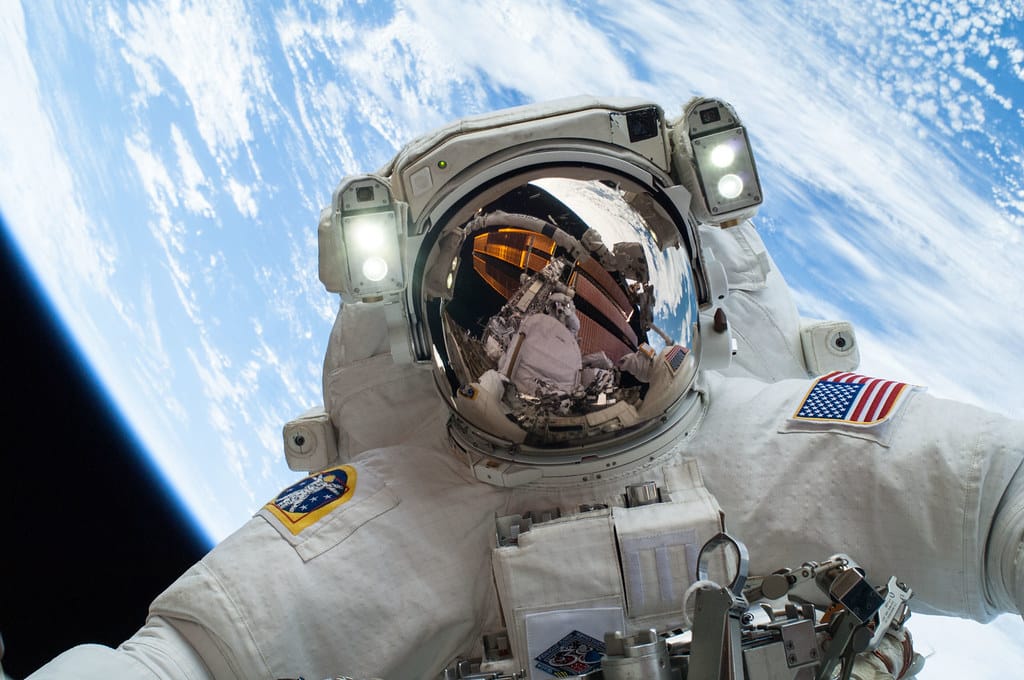NASA Unveils Its Next Generation of Space Explorers: Meet the 10 New Astronaut Candidates
NASA has selected its newest class of astronaut candidates, introducing 10 exceptional individuals who represent the future of American space exploration. Chosen from over 12,000 applicants, these candidates will undergo rigorous training to potentially become part of missions to the International Space Station, lunar expeditions under the Artemis program, and even future journeys to Mars.
A Highly Competitive Selection Process
The selection of these 10 candidates marks the completion of NASA's most competitive astronaut recruitment process to date. With approximately 1,200 candidates selected for each position, the odds were steeper than gaining admission to the most elite universities. The application process spanned nearly two years, involving extensive interviews, medical examinations, and psychological evaluations.
"We've selected an outstanding group of Americans who are ready to train for long-duration spaceflight and future missions to explore the Moon under Artemis and prepare for Mars," said Janet Petro, director of NASA's Johnson Space Center in Houston, where the candidates will train.
Diverse Backgrounds, Common Mission
The 2024 astronaut candidate class showcases remarkable diversity in both demographics and professional expertise. The group includes military pilots, scientists, engineers, and medical professionals, with candidates ranging from 32 to 47 years old. Notably, the class maintains gender parity with five men and five women, continuing NASA's commitment to inclusive space exploration.
Among the standout candidates is Dr. Sarah Chen, a biomedical engineer who has spent the last decade developing life support systems for extreme environments. Another notable selection is Commander James Rodriguez, a Navy test pilot with over 3,000 flight hours in high-performance aircraft. The class also includes Dr. Aisha Patel, a planetary geologist whose research on Martian soil composition could prove invaluable for future Red Planet missions.
Training for Tomorrow's Missions
These astronaut candidates, known as "ASCANs" (Astronaut Candidates), will now embark on a comprehensive two-year training program at Johnson Space Center. Their curriculum will include spacewalk training in NASA's massive underwater Neutral Buoyancy Laboratory, learning to operate the International Space Station's systems, and developing skills in robotics, Russian language, and survival techniques.
The training comes at a pivotal time for NASA's human spaceflight program. With the Artemis program aiming to return humans to the Moon by 2026 and establish a permanent lunar presence, these candidates could potentially be among the first astronauts to walk on the lunar surface since 1972.
Beyond Earth's Orbit
What sets this astronaut class apart is their potential role in humanity's next giant leap. While previous generations of astronauts primarily focused on low Earth orbit missions, this group is training with Mars firmly in sight. NASA's long-term vision includes sending humans to Mars in the 2030s, making these candidates potential pioneers of interplanetary travel.
The candidates will also contribute to NASA's growing commercial partnerships with companies like SpaceX and Boeing. As private sector involvement in space exploration expands, these astronauts will likely fly on various spacecraft platforms, adapting to rapidly evolving space transportation technologies.
International Collaboration and Leadership
NASA's selection emphasizes not just technical competence but also leadership and international collaboration skills. Modern space missions require seamless cooperation with international partners, particularly through programs like the International Space Station and the Artemis Accords, which now include over 30 nations.
The new candidates bring extensive experience working in multicultural, high-stakes environments. Several have served in international military operations, while others have led research collaborations spanning multiple continents.
Looking to the Stars
As these 10 individuals begin their astronaut training, they carry the hopes and dreams of a generation eager to push the boundaries of human exploration. Their journey from candidates to fully qualified astronauts will take them through some of the most challenging training programs on—and off—Earth.
The selection of this diverse, highly qualified group signals NASA's commitment to maintaining American leadership in space exploration while preparing for humanity's most ambitious missions yet. In an era where space exploration is becoming increasingly vital for scientific advancement, national security, and international cooperation, these astronaut candidates represent our investment in the future.
With lunar bases, Mars missions, and deep space exploration on the horizon, the Class of 2024 may well become household names as they help write the next chapter of human space exploration.
